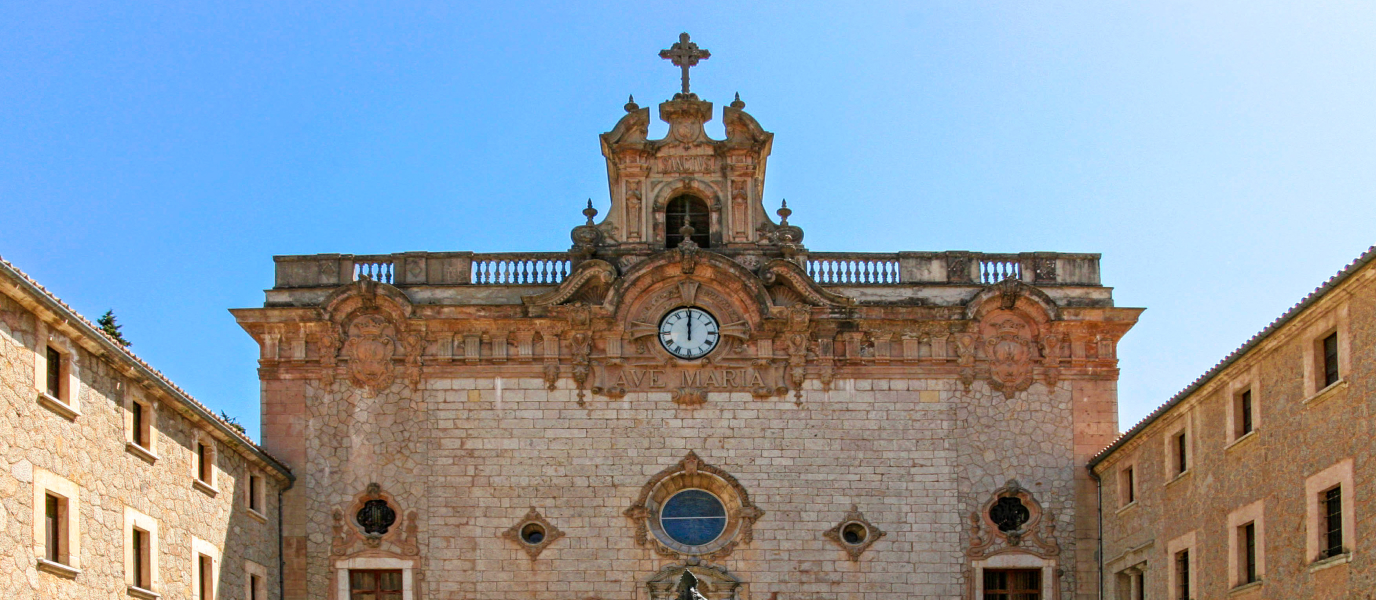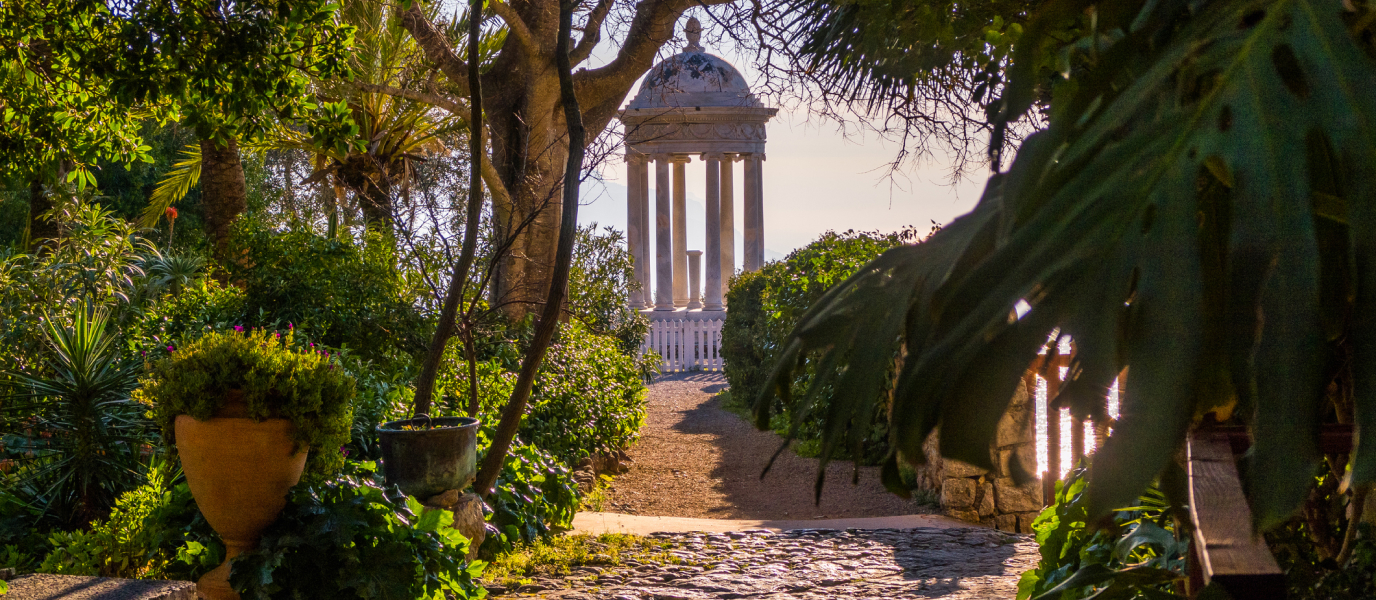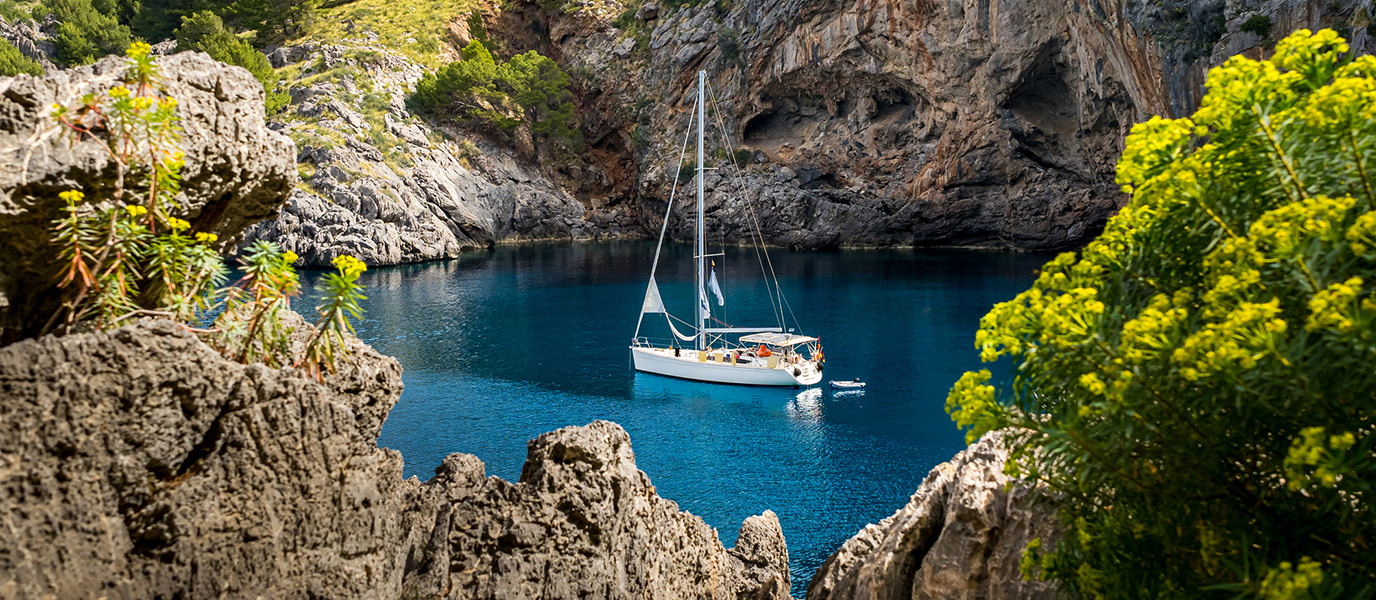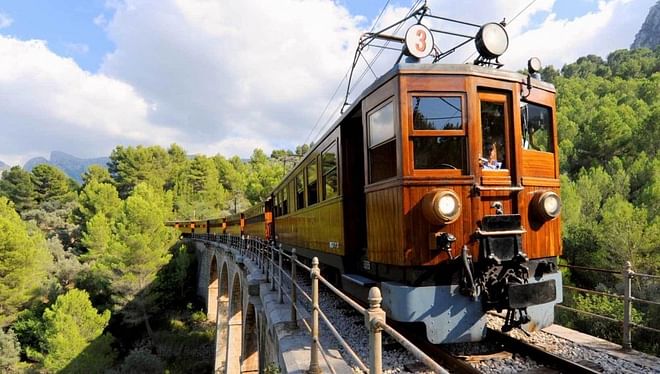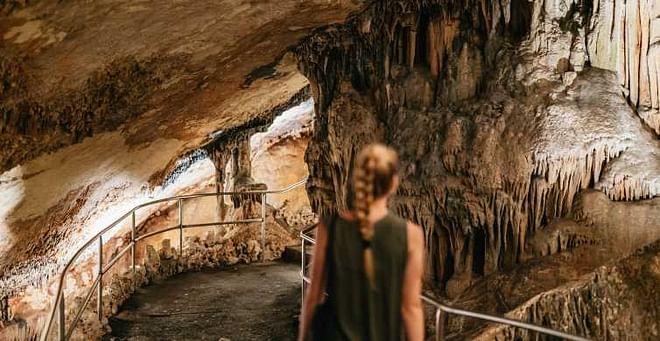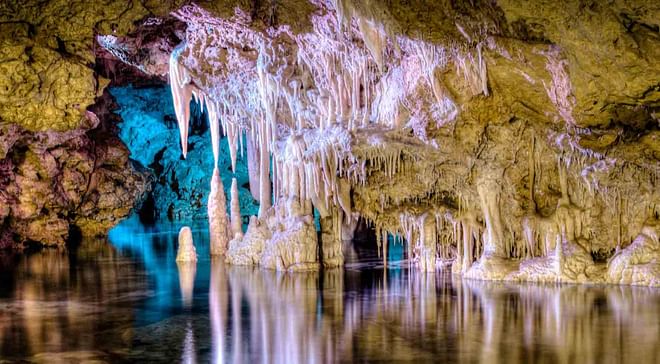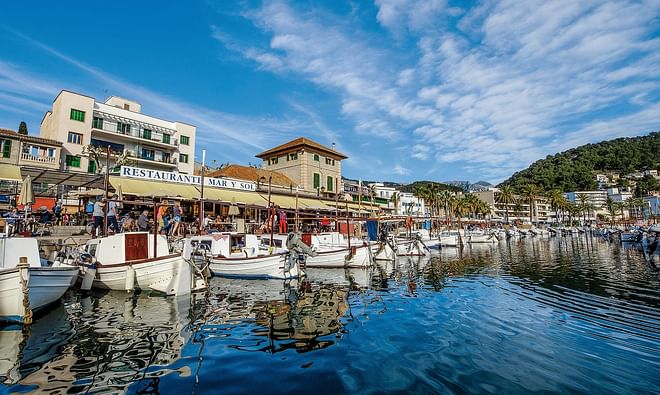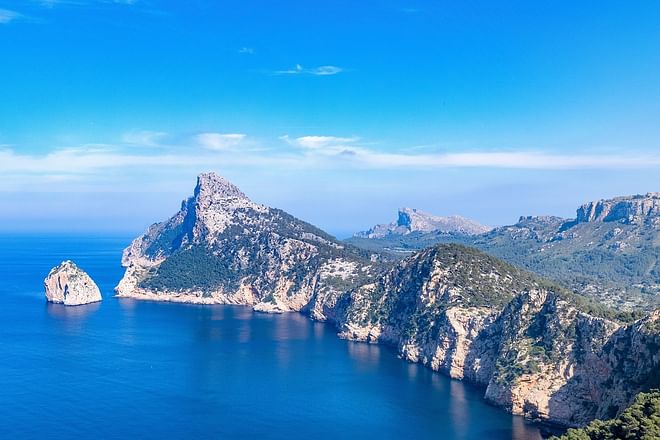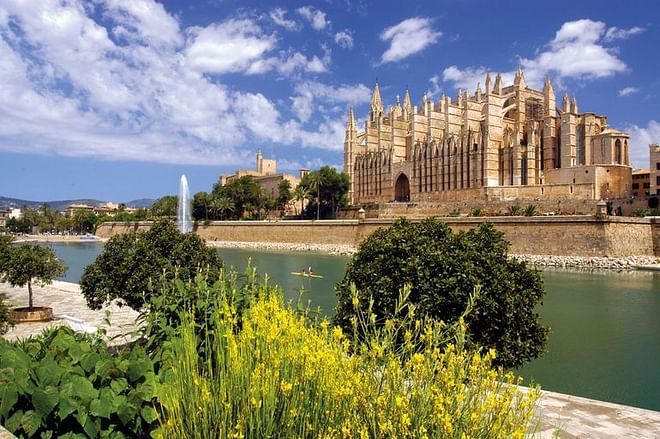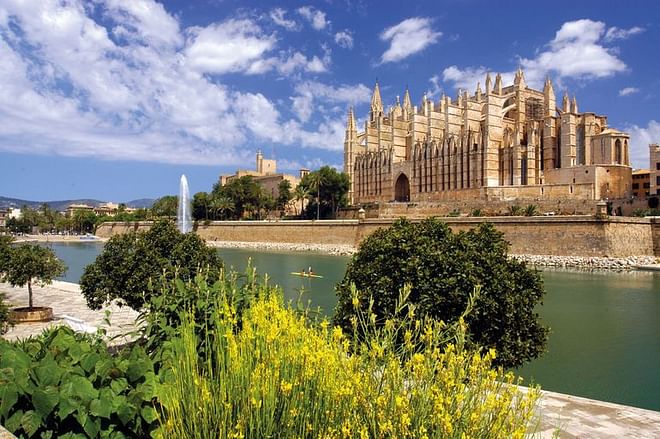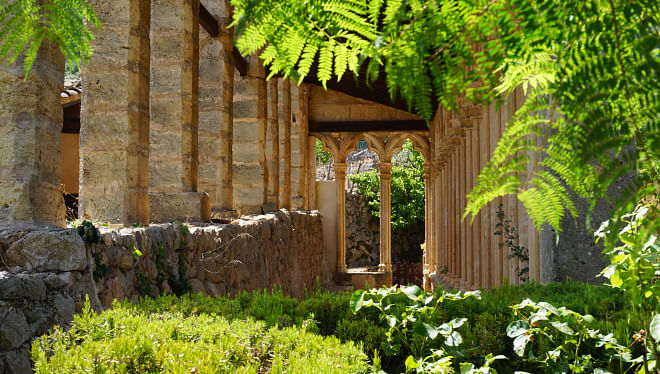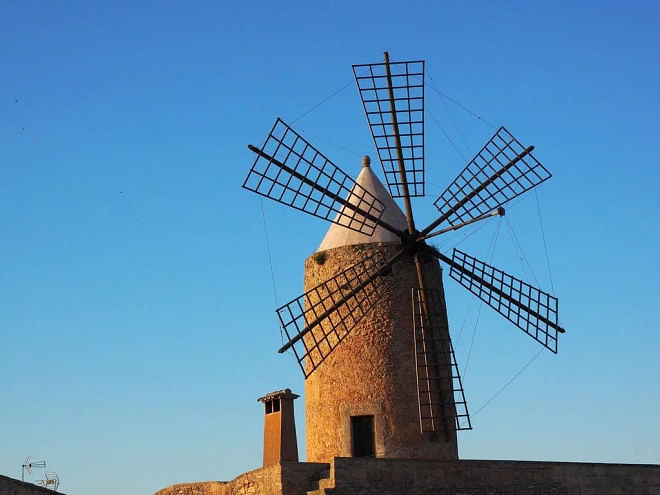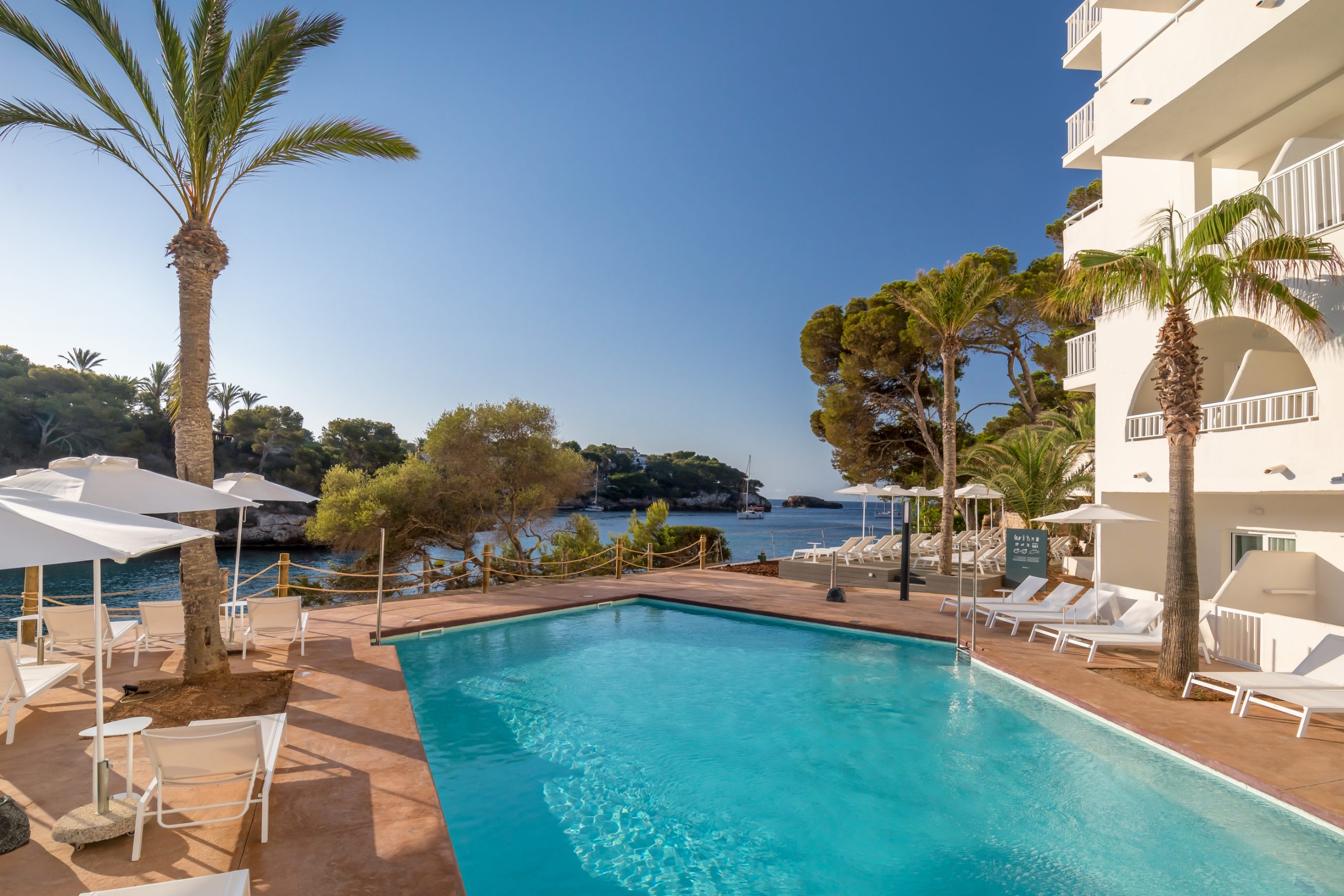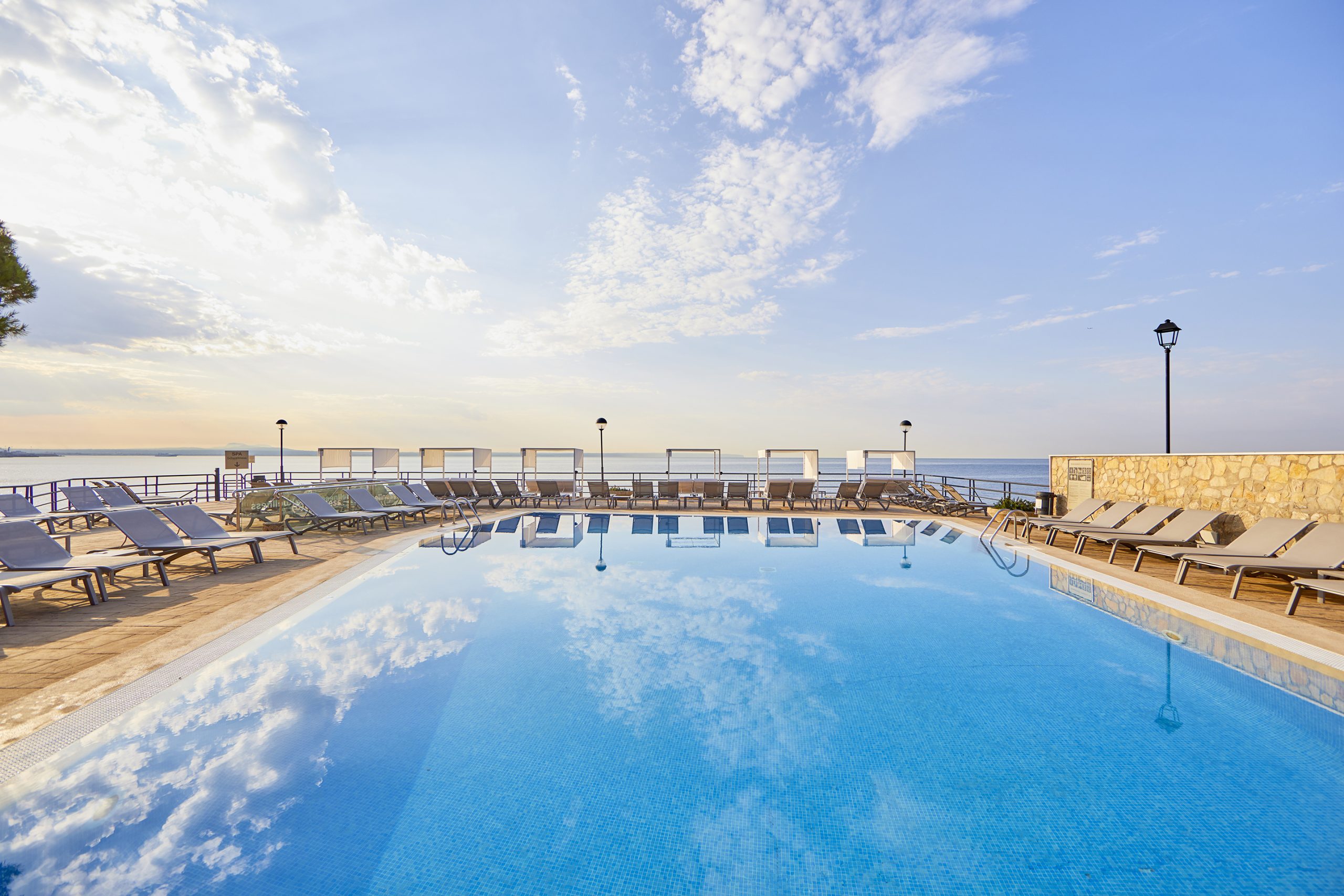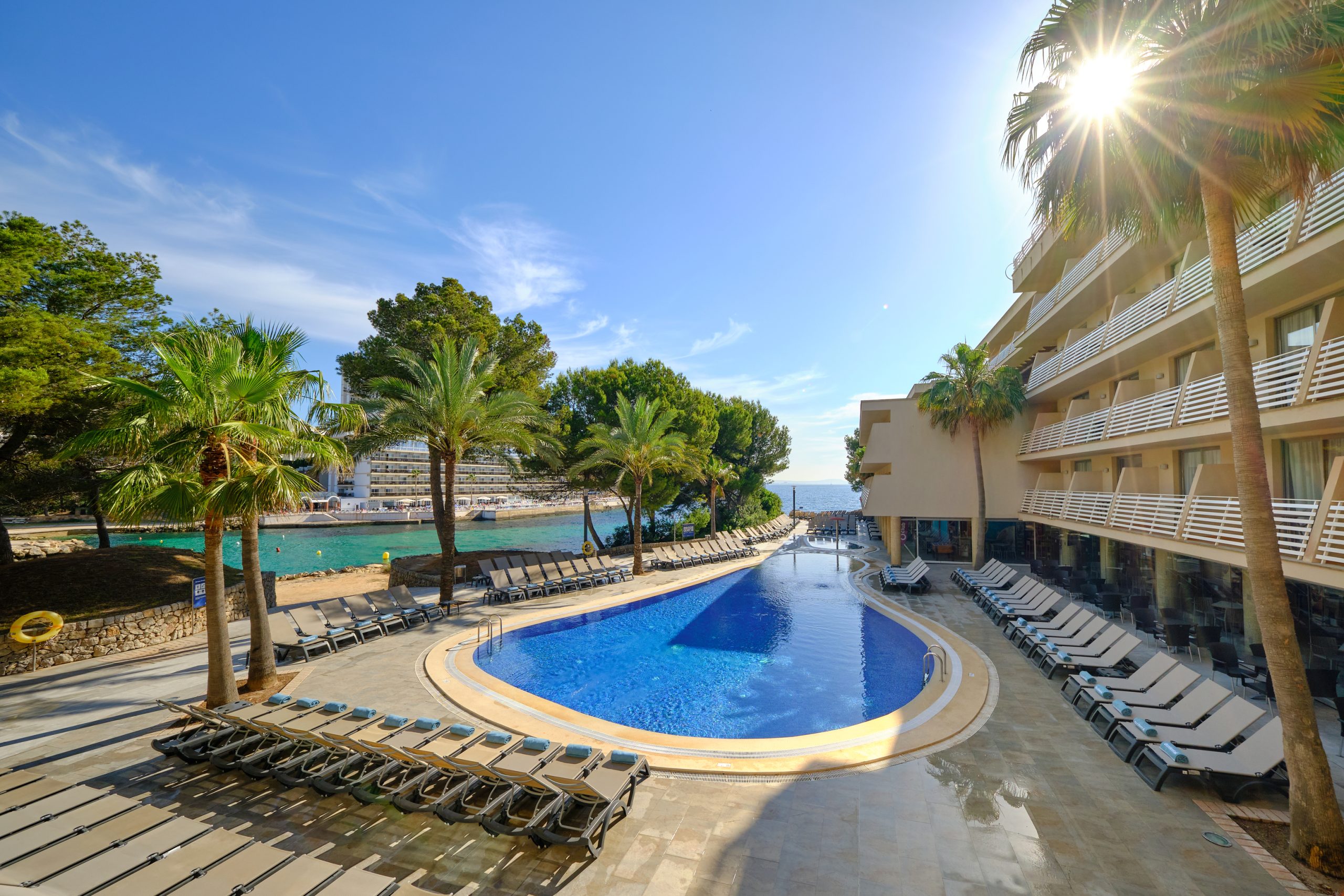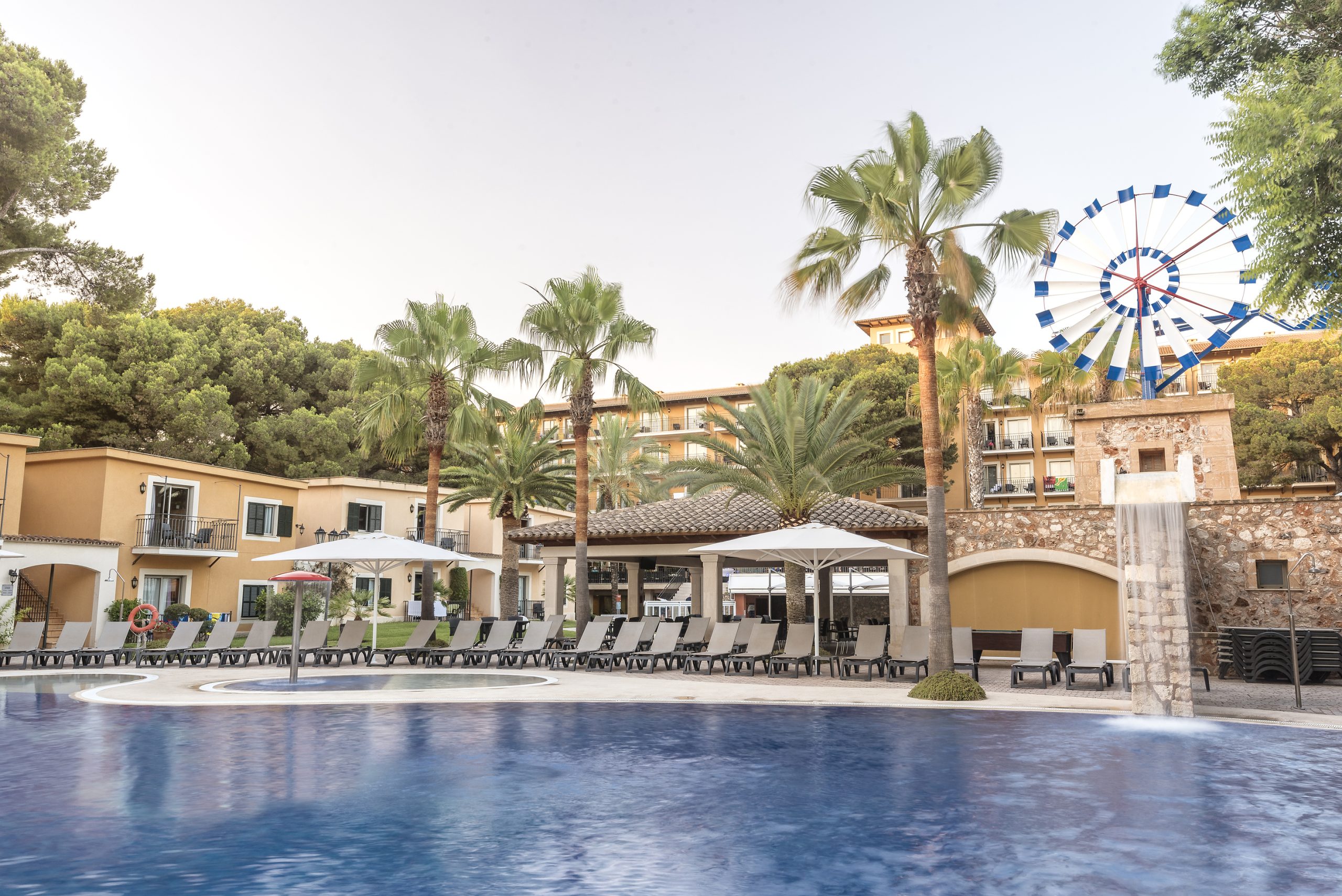The Lluc monastery (Santuari de Lluc or Monastir de Lluc in Catalan) is the first monastery in the Balearic Islands dedicated to the Virgin. A visit to the monastery is the perfect way to get to know the Majorcan heritage outside Palma and enjoy the pleasant natural environment of the Tramontana mountain range.
Want to know a little more about its history? This article will tell you about it, while also giving you all the information you need to plan your visit.
The Virgin of Lluc, patron saint of Majorca
Legend has it that in the middle of the 13th century a young shepherd found the image of the Virgin of Lluc in the mountains while herding his father’s sheep and goats. He then took the image to the local parish priest. However, the next day it reappeared in the place where the little shepherd had discovered it. It was concluded that the Virgin wanted to stay there, so a small chapel was built on the exact spot where the discovery was made.
When the news spread, pilgrimages to the area began, and in the 14th century a hospice was created to accommodate the worshippers who visited the hermitage. In the following century, a Presbyterian college, organised around a prior, was established in Lluc, and gradually facilities and outbuildings were added to create the great monastic building and pilgrimage centre that it is today.
As for its name (Lluc), it comes from the name given by the Romans to the natural location of the sanctuary (Lucus), which meant ‘sacred forest’. From Lucus it became Al-luc, during the Arab rule, and, after the Catalan conquest of Majorca, it became Luc. Finally, the toponym was transformed into the current Lluc.
In 1891 the Diocese of Majorca entrusted the management of the sanctuary to the congregation of Missionaries of the Sacred Hearts, which continues to do so today.
The Santuari de Lluc basilica
The sanctuary temple has an elegant façade, the Baroque ornamentation of which was completed in the 20th century, apparently following the advice of Antoni Gaudí himself. The elements that stand out are the linteled façade and the large clock that presides over the upper part and the attic, preceded by a balustrade and finished off with a cross.
If stone dominated the exterior of the building, its interior is presented as a sort of golden chest, as the golden ornamental motifs run through the entire building, with emphasis on the main altarpiece, the work of the master Jaume Blanquer, in which we find the image of the Virgin in a rotating niche. It is a Latin cross temple, with a single nave and interlinked side chapels, covered with a barrel vault, except for the transept, which is topped with a dome on which the following inscription can clearly be read: ‘Ave Maria’.
However, the sculpture of the Virgin of Lluc (also known as the ‘Moreneta’) is in the niche. The current image is a stone Marés sculpture dating from the 13th to the 14th century that depicts the Virgin with baby Jesus in her arms. It measures 61 centimetres and was crowned in 1884 before 12,000 people, who gathered in the Plaça dels Pelegrins in what is remembered as one of the most important days in the history of the monastery.
Other reasons to visit the Lluc monastery
Apart from admiring the church and the sculpture of the Virgin of Lluc, at the sanctuary you can:
- Visit the museum. Inaugurated in 1952, it has a very diverse collection, with archaeological pieces, typical dresses, paintings, ceramics and furniture from the epoch. It is divided into the following eight rooms: Archaeology, Treasure, Majorcan Chamber, Sacred Imagery, Ceramics, Josep Coll Bardolet, Art Gallery and Textile Art.
- Listen to the famous ‘Blauets’. That is the Lluc cathedral choir, which owes its name to the blue (blau, in Majorcan) cassocks worn by the children who make up the choir. They perform during the Holy Week celebrations and at mass on 24 December, when they sing the Song of the Sybil, a melody with a Gregorian base which exists since the Middle Ages and which UNESCO declared Intangible Heritage of Humanity in 2010.
- Walk the mount Rosario route. It is a 30-minute walk to the place where, according to the legend, the Marian image was found. Also, the route is flanked by five stone monuments executed by architects Joan Rubió and Guillem Reynés, alluding to the five mysteries of the Holy Rosary. Each one of them is adorned with three bronze bas-reliefs made by the modernist sculptor Josep Llimona, who was advised by Antoni Gaudí.
- Enjoy its botanical garden. Lovers of plants will find more than 200 regional species in this space, including many aromatic and medicinal ones.
Also, hiking and cycling fans will find several options for discovering the beautiful natural environment while practising sports in Lluc. A nice option is to follow the old pilgrimage paths that connect the monastery with nearby towns such as Inca, Pollença or Sóller. And before leaving, it is worth finding out whether it is true that the best kid in Majorca is served in Lluc.





























































